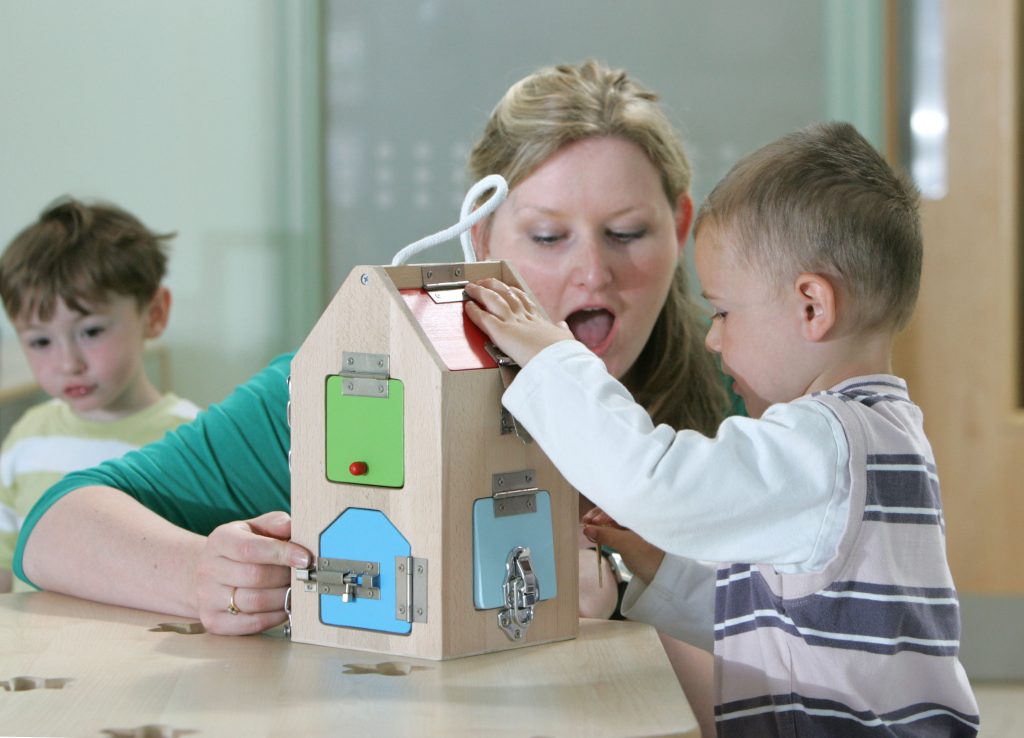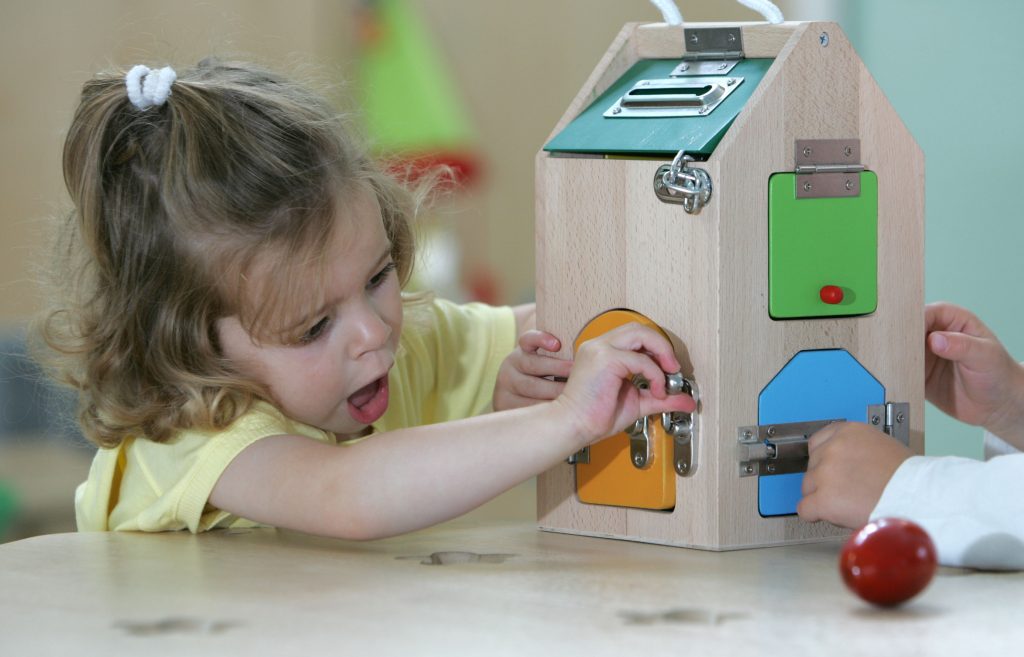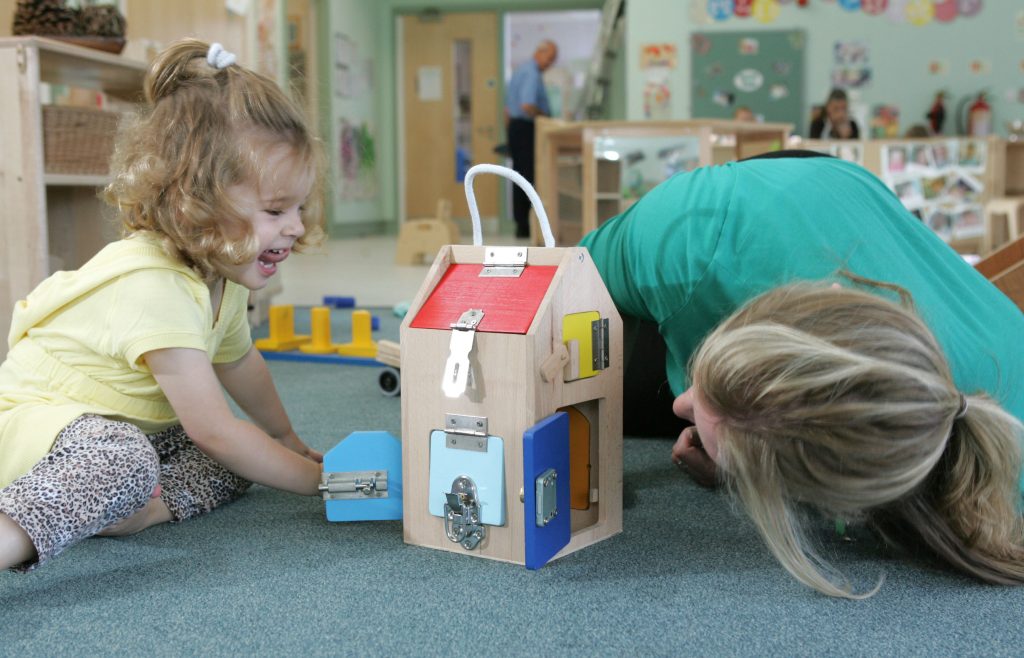The Magic of… Doors


“What’s through there?” asks little Theo pointing to the door. He’s pointing to one of the many doors on my lock and key house (pictured above). Children love to engage with this resource because of the mystery… it encourages their endless curiosity and investigative skills. Today we will explore the magicality of doors!

Doors are used when we’re young to keep us in or out, depending on where’s safe! It takes us a while to be able to reach the handles and open them ourselves but when we do what fun it can be! Think how many things we try to open when we are young, kitchen cupboards, wardrobes, gates and room doors. Our children are endlessly curious and doors are a thing that naturally encourage this, we must take advantage of it!
A little bit of history…
The history of doors has its origin in Egyptian art. Images of doors in Egyptian tomb paintings were believed to represent the door to the afterlife. Actual doors leading to important places often featured designs of the afterlife. These ancient doors were crafted of wood. In the case of King Solomon’s Temple, that wood was carved and overlaid with gold. Doors have always been an important symbol of transformation and a journey from one place to another.

There are also many important doors in our modern day world: 10 Downing Street, for example. Think about how many stories and fairy tales could be told about going through a door, like Alice going through the mysterious rabbit hole! What magical lands could you be transported to? What door could you imagine? Gigantic or tiny? Wooden or metallic? Locked with five different locks? Is there a magical password to open it? Who’s behind the door, will they let you in? Where does the door lead to?

These are all important questions to consider! How can you incorporate them into your activities? Here are some suggestions:
Hidden Door:
Create some little doors out of cardboard or you can often find them in ‘pound’ shops. Each morning place them somewhere unusual. On a tree trunk in the garden, inside the cover of a book, on the bottom of a wall slightly hidden by a bookcase or unit. Wait until the children notice them then have a chat about who built it, why is it there? Who is small enough to use it? What might be hidden behind it?
Door Walks:
Go on a ‘door’ walk. Call attention to the shape, size, colour. What door furniture is on them (knockers, handles, numbers etc). Are car doors and bus doors different to the house doors??
Where can you find such dainty doors? Try having a rummage around your local craft fair! Or perhaps you could make your own exciting doors with whatever you have lying around… Whatever your ideas are we love to hear about them! Tag us on instagram @adventureswithalices